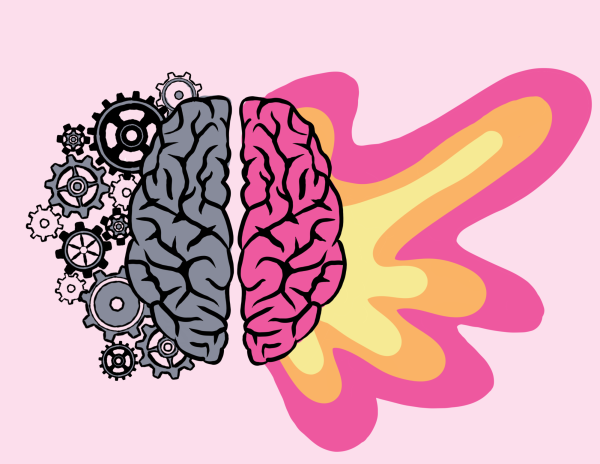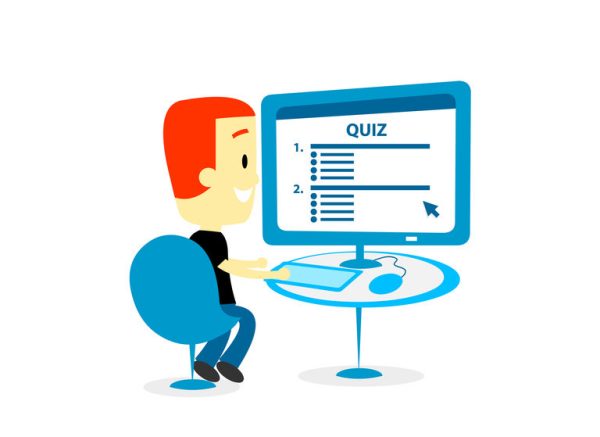The Overlooked Posture Problem
Without proper care and awareness, the poor-posture epidemic will continue, with tremendous consequences.
There exists today a habit with severe, long-term risks and addiction rates equivalent to that of smoking and drinking, yet it is never frequently spoken about.
The lurking consequences have reached children and young adults beginning at younger ages as modern history progresses. These problems have always existed but are now as widespread as the technology it spurs from — and it is just getting worse.
Ever since the invention of the cell phone, humans of all ages slouch much more from gazing down at their screens. According to the American Chiropractic Association, around eighty percent of Americans will experience back problems in their lifetime. However, this percentage spikes in younger generations since they are more accustomed to hand-held technology, and continues to increase, fast.
Slouching and hunching puts pressure on the plates in the neck and back, up and down the spinal cord. Enough stress on these muscles over time can cause extreme pain; most have known this for quite some time. Many are also aware that older people start to have back problems after their many years on this planet. However, when teenagers and adults in their early twenties and thirties start to experience poor posture, action must be taken.
Most people use technology while they are sitting down or standing up. The way phones are held commonly causes the user to look down, whether they are sending a tweet, playing a game, or watching a video. Furthermore, when seated, an individual does not only have to continuously look downward, but they slouch as well.
Here at Eastern, now that iPads are used almost every day in all classrooms, students are working under these conditions for hours on end. Without proper care and awareness, this will cause tremendous health issues for many students. As the years pass, iPads in schooling are being introduced at a younger age, allowing for this horrid habit to shape and start deteriorating the functionality of children’s necks and backs.
Students should be encouraged to sit up straight in class, as it improves posture as well as attentiveness. Due to the increase of the workload being completed on electronic devices, the attendees of Eastern and other schools would benefit from the proposal of standing desks, as they keep items level with the head.
At home, adolescents have to find positions when using their phones that won’t harm their spines; this still goes for other people. It’s equally important to stand up straight, keep shoulders back, and keep heads level. For younger generations, it is imperative to maintain decent postures for as long as possible to prevent problems in the future. Using motivations, such as the desire to be strong when elderly, is the best way to keep someone in check.
Overall, bad posture among younger generations is a rising issue in the health field. There are many ways people can help reverse their curving spines, but not enough attention is given to the matter; many do not care about what difficulties will ultimately arise in the future. The students at Eastern apply to this population, and something needs to be put in place to prevent such destructive outcomes.












